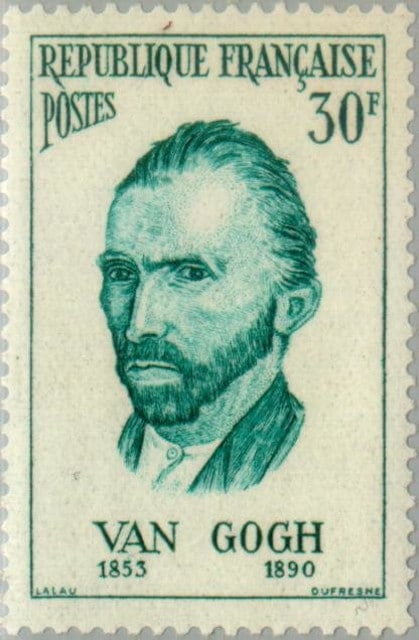
Noted Dutch post-impressionist painter, Vincent Van Gogh, was not always an artist. In fact, he wanted to be a church pastor and was even sent to the Belgian mining community of Borinage in 1879.
He discovered that the miners there endured deplorable working conditions and poverty-level wages. Their families were malnourished and struggled simply to survive. He felt concerned that the small stipend he received from the church allowed him a moderate life-style, which, in contrast to the poor, seemed unfair.
One cold February evening, while he watched the miners trudging home, he spotted an old man staggering toward him across the fields, wrapped in a burlap sack for warmth. Van Gogh immediately laid his own clothing out on the bed, set aside enough for one change, and determined to give the rest away. He gave the old man a suit of clothes and he gave his overcoat to a pregnant woman whose husband had been killed in a mining accident. He lived on starvation rations and spent his stipend on food for the miners.
When children in one family contracted typhoid fever, though feverish himself, he packed up his bed and took it to them.
A prosperous family in the community offered him free room and board. But Van Gogh declined the offer, stating that it was the final temptation he must reject if he was to faithfully serve his community of poor miners. He believed that if he wanted them to trust him, he must become one of them. And if they were to learn of the love of God through him, he must love them enough to share with them.
Vincent Willem van Gogh (1853-1890) was a Dutch post-impressionist painter who is among the most famous and
influential figures in the history of Western art. In just over a decade, he created about 2,100 artworks,
including around 860 oil paintings,
most of which date from the last two years of his life. They include landscapes, still lifes, portraits and self-portraits, and are characterised by bold colours and dramatic,
impulsive and expressive brushwork that
contributed to the foundations of modern art. He was not commercially successful, and his suicide at
37 came after years of mental illness and poverty.
Image of French postage stamp on Van Gogh issued in 1956. Courtesy https://ww.philaelicly.com/
For postage stamps from across the world featuring Van Gogh’s paintings, visit https://indiapicks.com/Van_Gogh/VG-A1.htm
